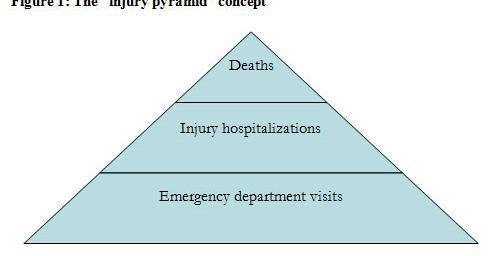About Us

The Population and Community Health Unit (PCHU) engages in epidemiological, analytical and evaluative research and health data collection. The unit focuses on a population health approach with a special interest in the communities of London and Southwest Ontario using health prevention and health promotion principles.
PCHU was established in 1995 under the leadership of the then Dean, Dr. McMurtry.
The purpose of the PCHU was to introduce population health to the Faculty of Medicine and
within that framework, to bridge the “town and gown” divide and to expand interdisciplinary,
cross-sectoral, cross-faculty, cross-university collaborations. The functions established for our
Unit were:
- research;
- networking;
- service;
- information provision; and
- education.
The strategies of the PCHU were the following:
- To engage in collaborative, interdisciplinary applied research and dissemination with community partners.
- Focus on population and community-based health related issues that are a major health burden and of policy relevance.
- Employ a public health approach to examine these health issues with a special interest in the communities of London and Southwestern Ontario.
Our work is unique, broad and interdisciplinary, reflecting on problems with high economic
burden to not only the health sector but also to many other sectors that intersect with health,
such as justice, transport, corrections, social services, child and youth services. We are also
unique in conducting work that is at the cusp of the health and justice service sectors.
Public Health Approach
The principles of public health has provided a useful framework for the PCHU both to
investigate and understand the causes and consequences of emerging and current health related issues and to develop, evaluate and disseminate potential interventions.
The public health approach consists of four steps:
- To define the problem through the systematic collection of information about the magnitude, scope, characteristics and consequences of the potential health-related problem.
- To establish why the health-related problem occurs using research to determine the causes and correlates of the problem, the factors that increase or decrease the risk for the problem, and the factors that could be modified through interventions.
- To find out what works to prevent the problem by designing, implementing and evaluating interventions.
- To implement or disseminate information on effective and promising interventions in a wide range of settings. The effects of these interventions on risk factors and the target outcome should be monitored, and their impact and cost-effectiveness should be evaluated.
The research of the PCHU has encompassed two domains of high economic burden - injuries and mental illness. In Canada, sadly, 1 young person dies every 9 hours from injuries. Motor vehicle collisions (MVC) are the most common cause of injuries. Each year in Canada MVCs cause about 2000 deaths and 170,000 injuries with many leading to permanent disabilities. MVCs are the number 1 cause of death in Canada for persons under the age of 44 and are the leading cause of potential years of life lost (PYLL) before the age of 70. As the figure from the Canadian Paediatric Society below indicates, the burden is high for health care services, particularly for younger persons.

Figure 1: The “injury pyramid” concept
Economic losses related to health care, etc., caused by MVC-injuries are at least $10 billion
annually, accounting for about 1 per cent of Canada's GDP. As the Canadian Paediatric Society
writes: “Injury has been described as the “neglected disease of modern society”, an
“invisible epidemic”, and “the principal public health problem in (North) America today”
Mental illness is the second leading cause of disability and premature death in Canada with an
estimated economic burden at $51 billion per year. One in five Canadians will be affected by
mental illness in their life time. Mental illness also has a large impact on youth, ranked as their
second highest hospital care expenditure in Canada, surpassed only by injuries.








